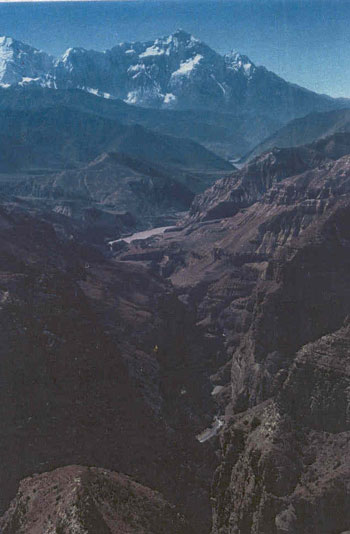The Initiation Ceremony of the Young Zulus
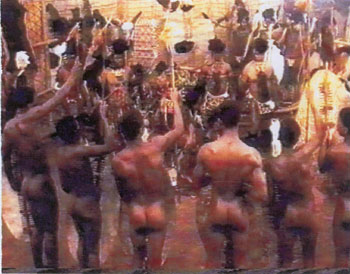 It is hard to believe how much Africa will contribute to the study of the
history of mankind and civilization. The more isolated and wild the country and
the tribes the more pure and authentic and closer to the original man are their
customs and beliefs. Of great interest are the initiation ceremonies of the
youths. To prove their manhood and for example in order to become warriors the
Massai of Kenya must go alone into the bush and kill a male lion with their bare
hands. During the initiation ceremony they fight between them with clubs
jumping in the air the same way of practicing Kung-fu, today, in China. The
youth of Liberia and Congo during the initiation ceremony wear long necklaces
and skirts and bands around the arm made of straw and bark of trees. They are
similar to what aborigines of Amazon wear and black autochthon people from New
Kaledonia and the islands of Solomon. The Zulus of South Africa were naked up to
about the age of 5 years old and during the initiation ceremony were given the
first "front apron" to wear. It was during the same ceremony that were also
given the spear and the shield like the Athenian Youth. A fire was burning all
the time and then they danced what they called the Victory dance in two groups
going each one the opposite way what brings on our mind the Pyrhic dance of the
Greeks. This dance will be the origin of the Ballet with short skirts and bands
and fringes around the arm like the Zulus.
It is hard to believe how much Africa will contribute to the study of the
history of mankind and civilization. The more isolated and wild the country and
the tribes the more pure and authentic and closer to the original man are their
customs and beliefs. Of great interest are the initiation ceremonies of the
youths. To prove their manhood and for example in order to become warriors the
Massai of Kenya must go alone into the bush and kill a male lion with their bare
hands. During the initiation ceremony they fight between them with clubs
jumping in the air the same way of practicing Kung-fu, today, in China. The
youth of Liberia and Congo during the initiation ceremony wear long necklaces
and skirts and bands around the arm made of straw and bark of trees. They are
similar to what aborigines of Amazon wear and black autochthon people from New
Kaledonia and the islands of Solomon. The Zulus of South Africa were naked up to
about the age of 5 years old and during the initiation ceremony were given the
first "front apron" to wear. It was during the same ceremony that were also
given the spear and the shield like the Athenian Youth. A fire was burning all
the time and then they danced what they called the Victory dance in two groups
going each one the opposite way what brings on our mind the Pyrhic dance of the
Greeks. This dance will be the origin of the Ballet with short skirts and bands
and fringes around the arm like the Zulus.
The initiation took probably place in the area where the eternal fire was burning. In the New Testament (St. Mathew's gospel, ch.3,11) three kind of Baptism are distinguished : St. John the Baptist says " I baptize you with water......but he that cometh after me......he will baptize you with the Holy Ghost and with fire".
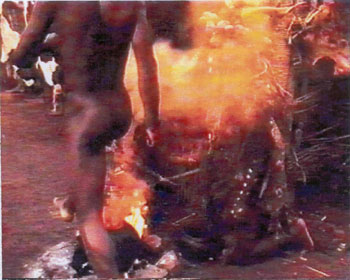
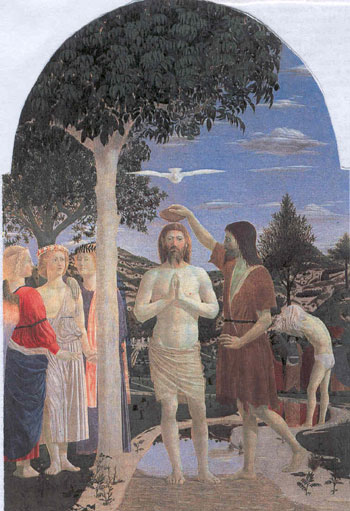
The baptism of Christ by Piero della Francesca (about 1490).London National Library.
Has the baptism of Christ to do with the public bath of Shaka in the river? Is that possible that the public bath was one of the duties of every King?
"Although it is customary for Zulus of every rank to wash in public, at any convenient stream, it was an innovation of Shaka' s to raise that act into a public ceremony...".
"He was having his customary bath in public at the head of the Bulawayo village (kraal). There were many people seeking audience...".
"Several page boys brought water in gourds which they held vertically above their heads, and then handed them First he rinsed his body ...."
Breaking the neck of the bull....
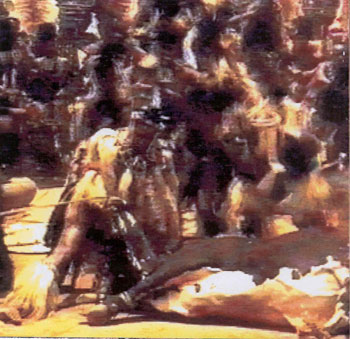
The Prince of the Zulu Senzangakona (Shaka's father) has seized the bull by the horns while many people watching... Killing the bull with his bare hands would proclaim him a hero. He first got a grip on the bull then threw it to the ground and using his horns as levers twisted its neck till the spinal cord was broken... Finally the bull was roasted.
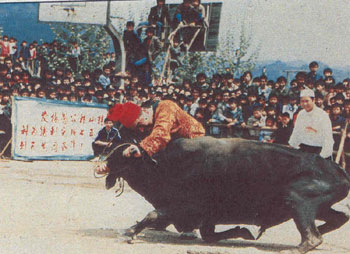
La corrida Hui. The Hui of Zhejiang have invented bullfighting. "Long ago a courageous boy succeeded in killing alone a bull while, usually, several people was needed". They are Moslems and during traditional festivals (Ramadan, Bairam) they organize bullfightings.
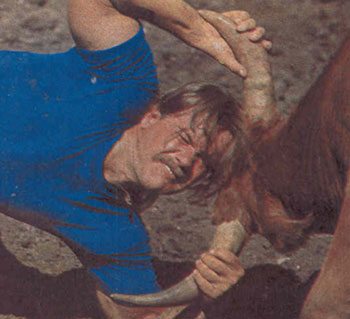
Rodeo in an American prison. Who will kill the bull will be set free.
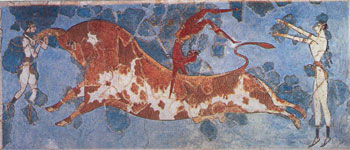
Minoan Tauromachiae. Was the bull, finally killed and roasted? The famous wall-painting from the Palace of Knossos. Bullfghting was also known in Egypt as testuy a stone "pallette" from Abydos (2,500 BC) in the Louvre and the recent Austrian excavations at Daba.
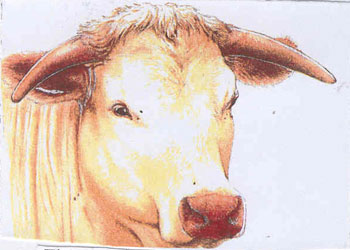
The cow does not have like the bull big horns that curve inwards.
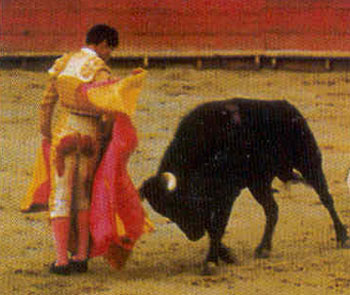
Today the Toreador does not fight the bull with bare hands but he has a sword.
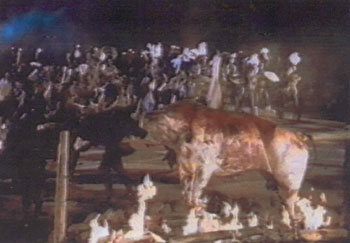
People will dance and eat the roasted bull on a spit. Whatever remained of the bull was completely incinerated, and the ashes buried. To eat meat the next day especially in hot climates can be very dangerous.
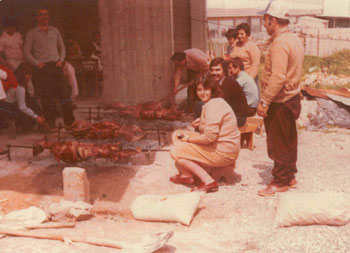
Greek-Orthodox Easter.Each femily will kill a lamb and roast it on the spit. Every Jewish family during the "Pass over" will kill a lamb to eat it roasted on a spit. What was left of the lamb was burned because it was not allowed to be eaten the next day.
The Impalement, one of the most revolting punishments ever devised by the human imagination. A sharply pointed stake was inserted into the posterior of a man which then was forced through his body emerging through the head or through the throat....
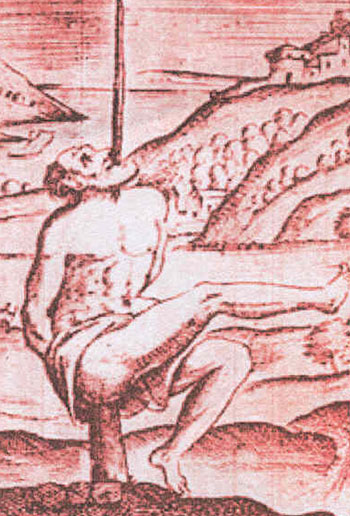
Photo Internet.
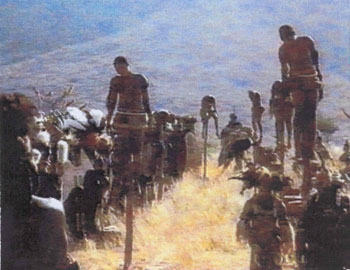
Impaled "traitors" according to the orders of Shaka. A similar punishment was one of three applied by the ancient Greeks (the other two being the "barathron" and the hemlock). Probably, first the bull and lamb were roasted on a stick, which gave the idea then of killing people in such a dreadful way.
The color blue for averting the Evil on the chest of Zulu warriors and on the face of Scottish fighters....
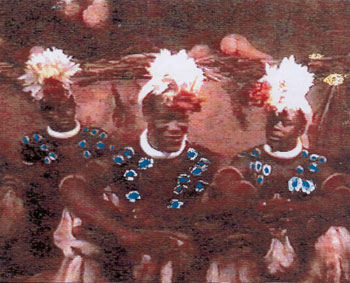
Zulu warriors with their chest painted blue.
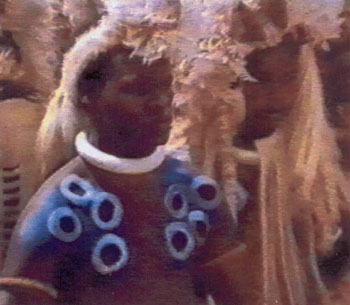
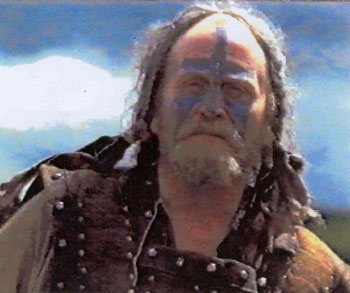
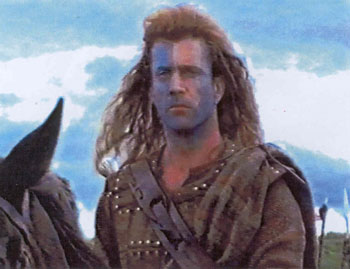
Scottish fighters, like the Bretons who used to paint their face blue before going into battle they have blue paint on their face (from the movie "Brave heart").
Blue on the head in China and Greece for protection....
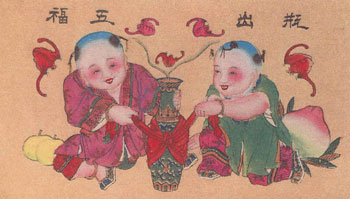
Traditional Chinese New Year's cards (Nian Hua) in the Hermitage
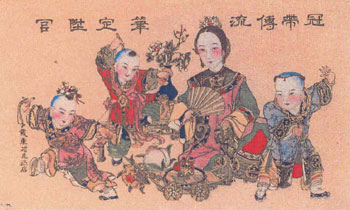
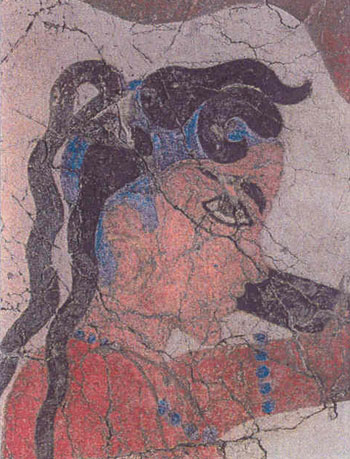
Wall-paintings from Santorini
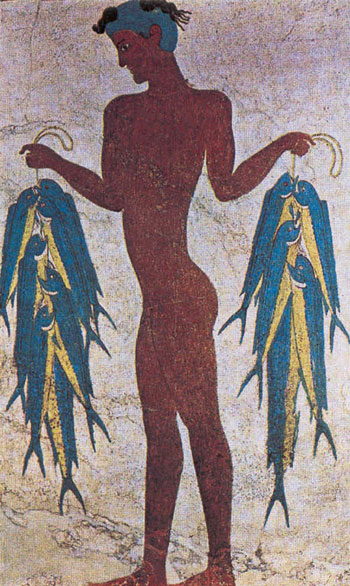
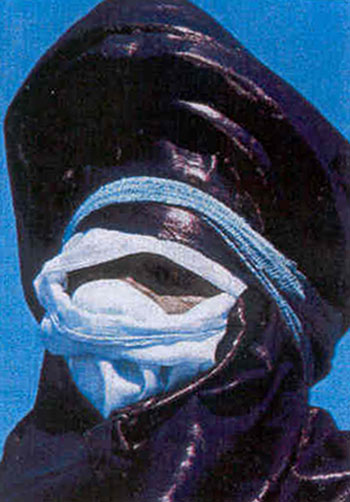
Tuareng , the "blue people" of Sahara. They wear blue and cover the face with blue scarf.
Houses with blue walls in Greece and China....
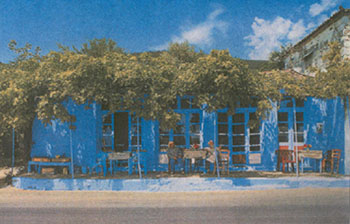
Coffee-house on the island of Lesbos (photo KATHIMERINI). Like Arab villages and the houses of the Brachmans in India has the walls and the frames of the doors and windows painted blue.
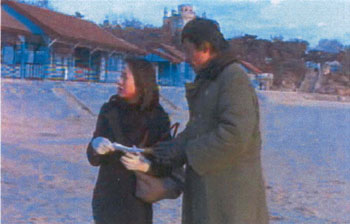
Qingdao, seaport of China.
Tassels hanging from headdresses.....
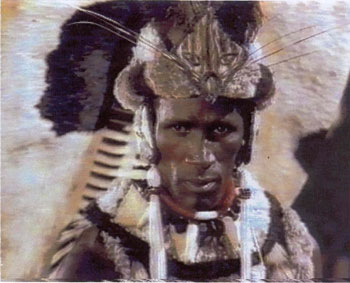
Shaka with white tassels.
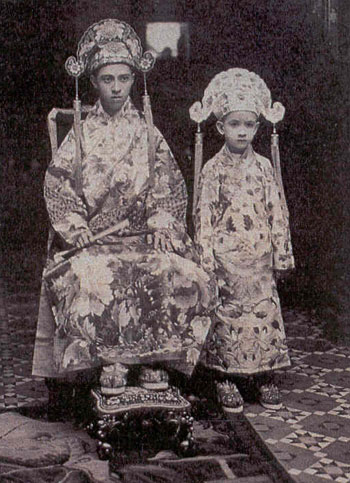
Overseas Chinese in Malaysia. (Photo SINORAMA, June 1994).
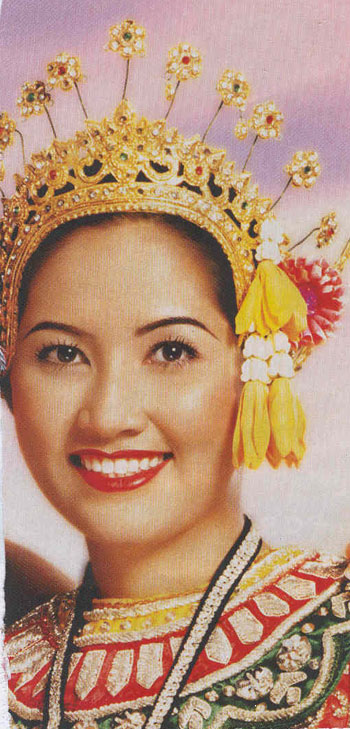
A girl from Tailand.
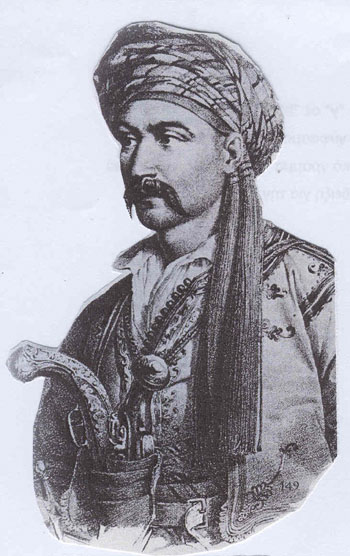
"Nikitaras" (1787-1849). Greek hero of the Revolution. Athens Historical Museum.


The famous Chinese knobs against evil have a tassel hanging and a blue bead (left) and little icon of the Virgin Mary with blue bead
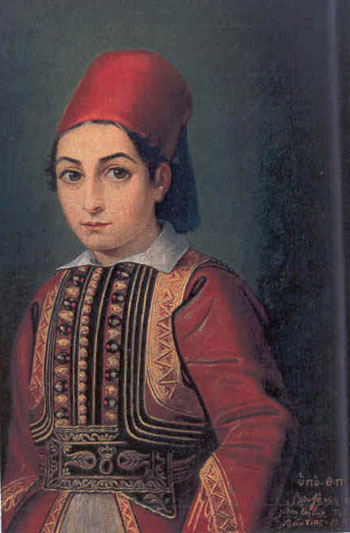
King Otto in 1837
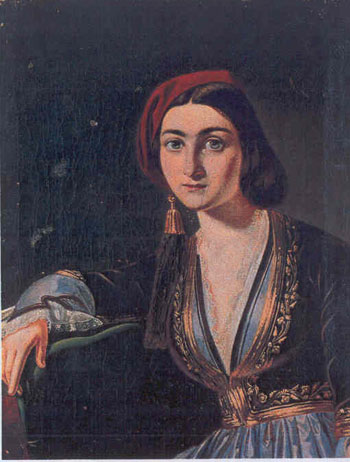
Greek girl, Paintings by Th.Vrysakis (1819-1878) in private Collections.
The lion mane of Hercules and animals on the head.....
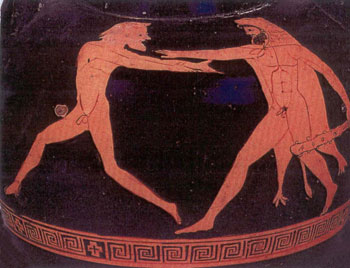
Hercules with his club and wearing the lionVmane attacks Geros, the personification of Old age. 5th c.BC red-figured amphora in the British Museum.
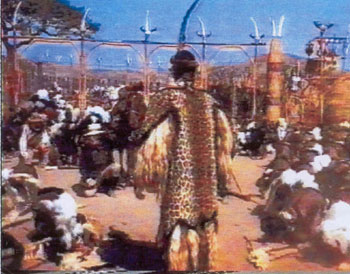
Shaka wearing leopard's skin and a two feet long feather of the blue crane on his head like thousands of years before the Prince of the Lilies of Cnossos used to wear pheasant's feathers on his head. As Shaka appeared everybody fell on the ground.
Animals of the Zodiac on the head.....
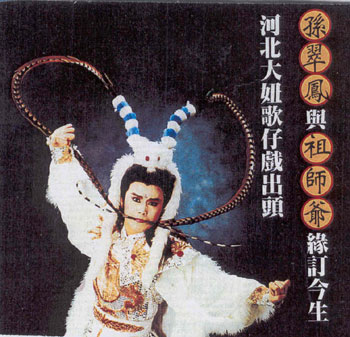
Taiwan Opera actress wearing snow leopard coat and its baby on the head. Taipei review, July 2002.
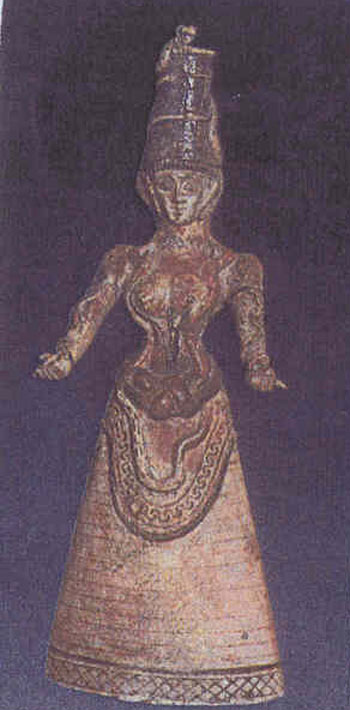
Faillance statuettes of Minoan Goddesses" (about 1,600 BC) in the Heracleion Museum.
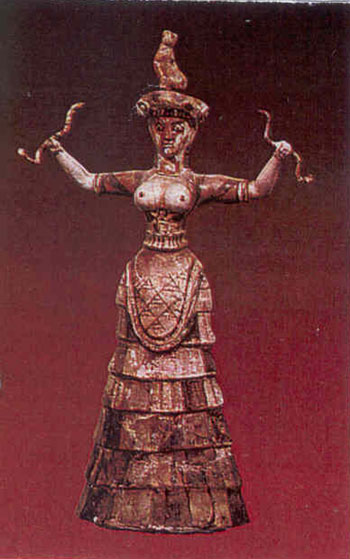
Faillance statuettes of Minoan Goddesses" (about 1,600 BC) in the Heracleion Museum.
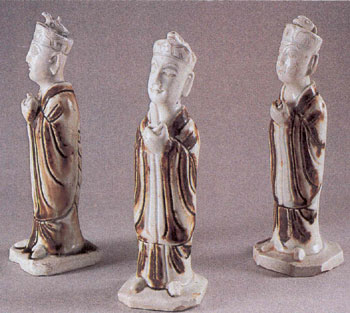
Song dynasty Officials (about 1,000) with Zodiak animals on their heads. Paris Cernoushi Museum.
Whoever sees the face of the Chines Emperor or of the Japanese Emperor or of Shaka. must die.....
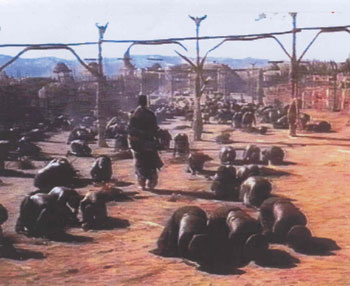
It was prohibited to look Shaka at the face and everybody fell on his knees at his sight.
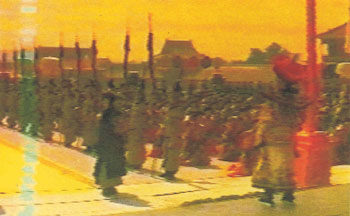
As the child-Emperor Puyi came out to the yard hundreds of Eunuchs fell on their knees face down not to look at him because the penalty was death. From the movie of Bernando Bertolucci "The last Emperor of China".
Hairdresses-curtains to cover the face in China and Africa.....
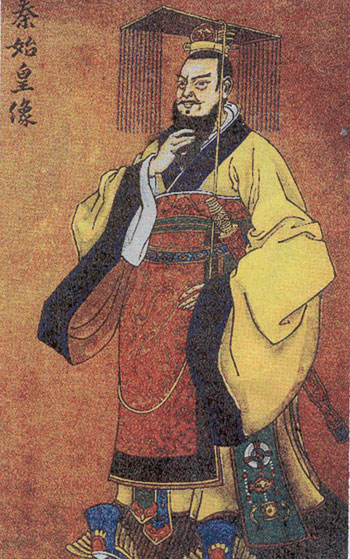
The first "Emperor" of China Qin-shi-Huang-Ti.
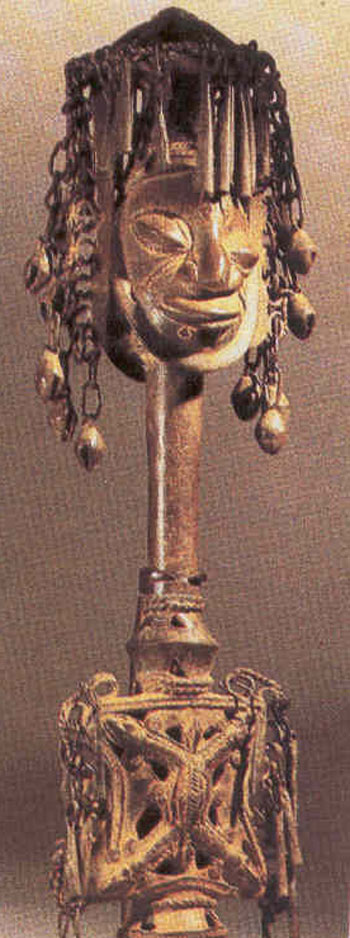
African staff representing the earth spirit. (Oshugbo Ogbuni cult around Ijebu).
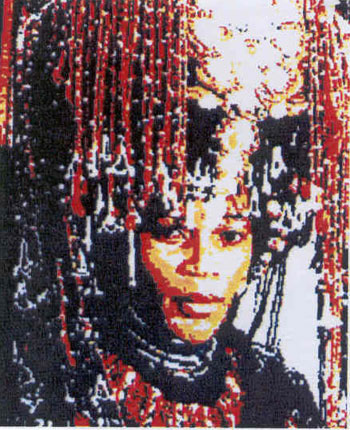
Member of the family of Shaka with hairdress-curtain.
The face of the bride covered in China, Africa, Greece and our modern world......
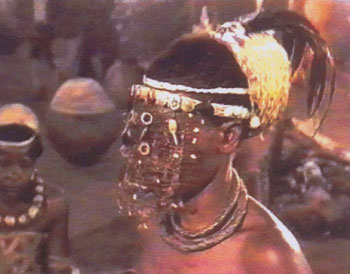
The third Bride-to-be of Shaka's father.
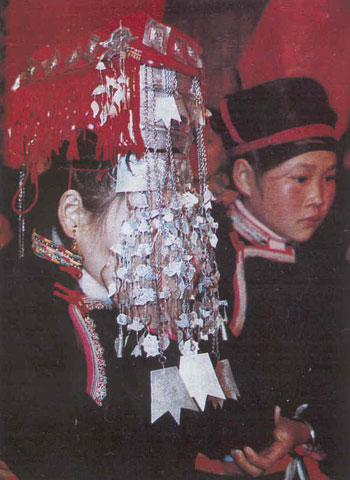
Wedding of the She minority. China Pictorial, December 1988.
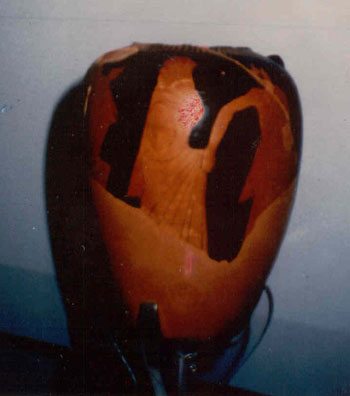
Clay 4 c. BC vase of the Acropolis Museum from the Sanctuary of the Nymph protecting the wedding (Southern slope). No longer exhibited .
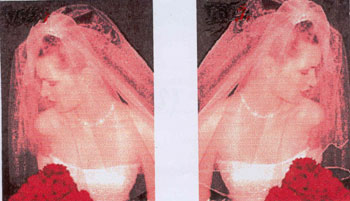
Modern bride.
The head-ring.....
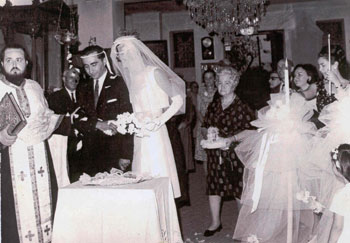
Athens-Patissia. Sept. 1971. Aghia Barbara Greek-Orthodox church.The head-ring is the same with that of the Zulu married man.
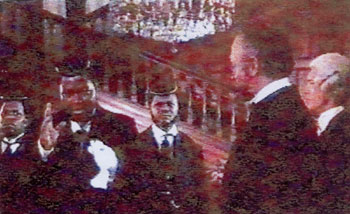
His Highness Ketsbaio Kabante, legal King of the Zulu, visiting Queen Victoria of England to ask back his throne stolen by Shaka.
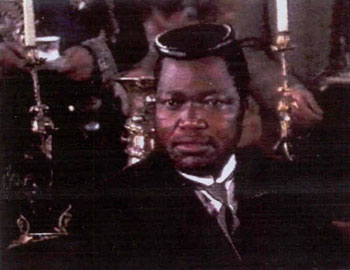
Ketsbaio Kabante.
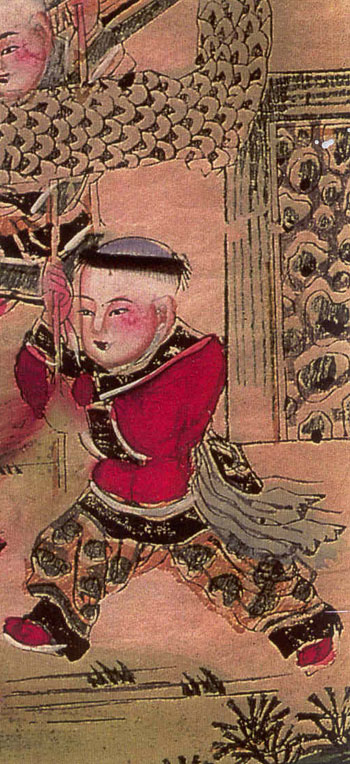
Nian Hua - New Year's card in the Hermitage. The boy wears a head-ring
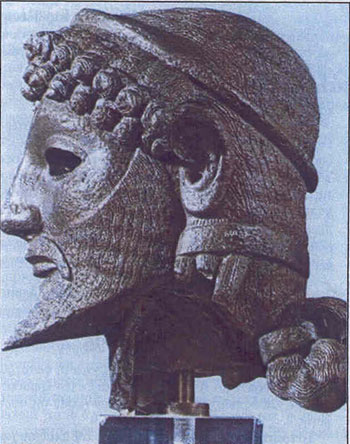
Zeus Horkios. Archaic bronze head found in Olympia in the Archaeological Museum of Athens. He is wearing a similar ring.
Same wreath for the head for African and Chinese girls....
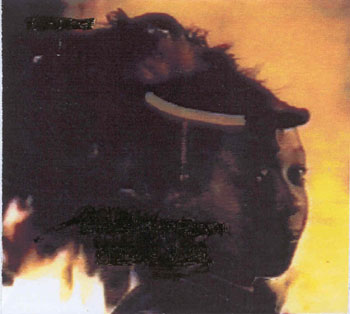
African (Zulu) girl.
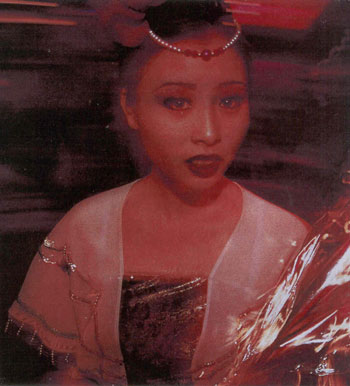
Chinese girl, today.
Chinese and Zulu barns.....
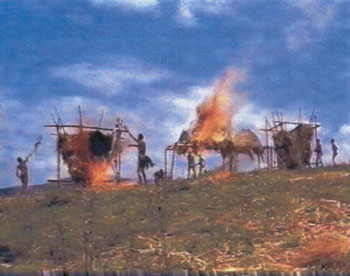
Adversaries of Shaka set fire on his family barns where their grain was kept hoping to make them starve to death. The barns reminded me of a similar structure that I had seen somewhere in a Chinese pictorial.
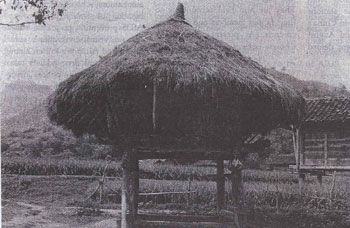
"Every mountain in Southern China has its group of Yao". They are living mainly in the provinces of Hunan, Guizhou and Yunnan. Visitors to the Yao areas are puzzled by round structures made of bamboo standing on wooden stilts two meters off the ground on the outskirts of the village. They are storage barns for storing grain and valuables". The barns not only connect the Chinese and the Zulu but they also betray the province of origin, from which part of China the Zulu originated. Photo CHINA TODAY, July 1995.
Zulu and American Indian hats.....
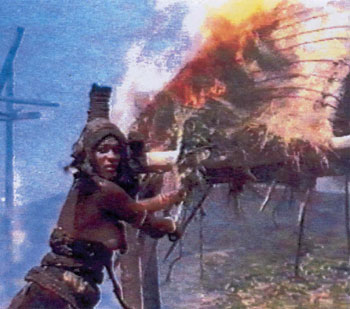
The grandmother of Shaka trying to put of the fire. Her hat is similar to hats worn by American Indians.
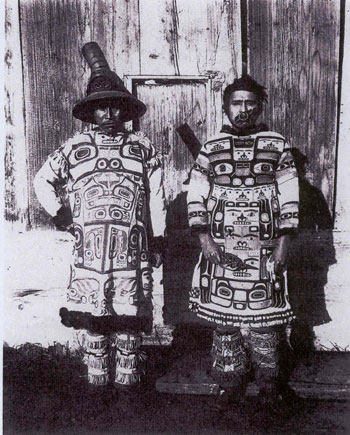
Chilkat river, Alaska. Indian Chiefs (photo 1895) "dressed tor me dance'
Straw hats for Empresses and Goddesses in China, Greece and Africa....
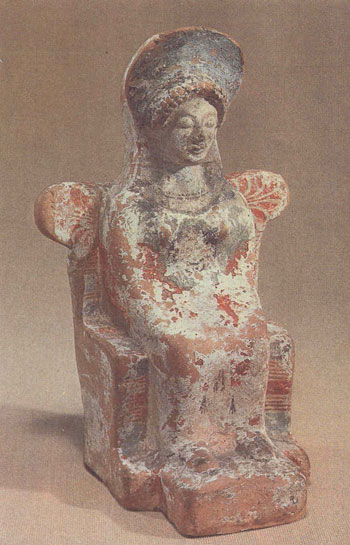
Athena in her throne. Early 5th c.BC. Staatliche Museen zu Berlin. Similar statuettes with similar hats in the Acropolis Museum. Her throne is similar to that of the "Dama of Baza" in the Archaeological Museum of Madrid and of the "Dama d'Eltche in the Museum of Prado
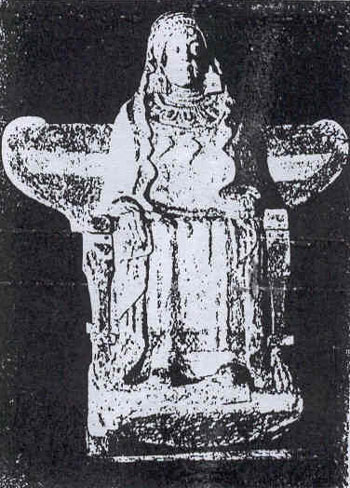
The "Dama of Baza", stone statue (4thc.) in the Archaeological Museum of Madrid.
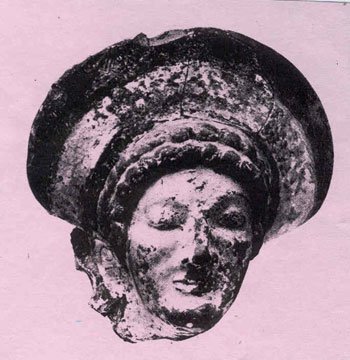
Clay head of a young girl (Kore) in the Acropolis Museum. 6th c. BC.
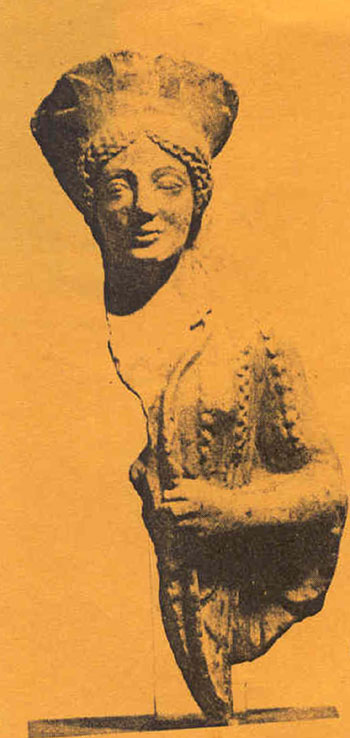
Clay archaic statuette of Artemis.
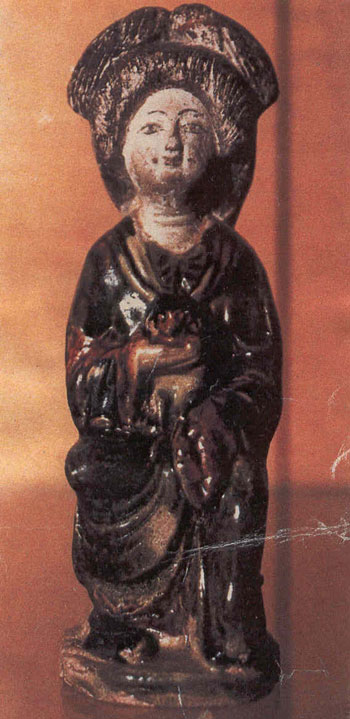
Ming dynasty statuette. Paris Guitnet Museum.
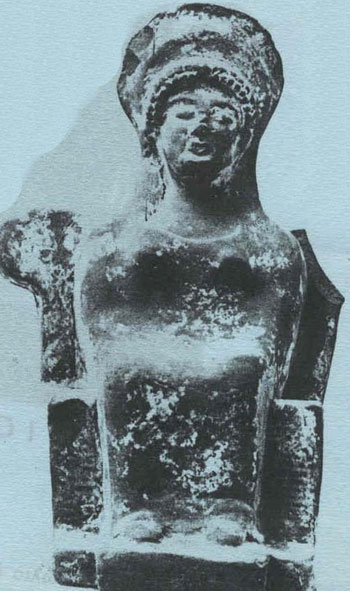
Clay archaic statuette of Athena in the Acropolis Museum.
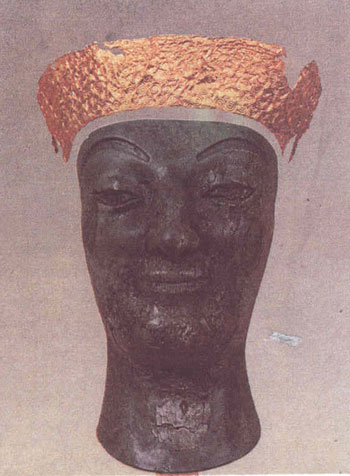
6th c BC. ivory head of probably Artemis "with golden crown". Delphi Museum,
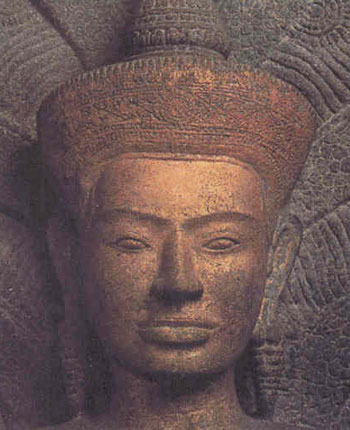
Detail of a meditating Buddha. Stone. 12th c. Bangkok Museum.
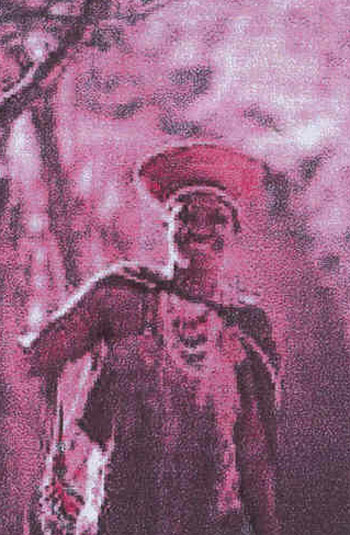
Zulu Royal lady. Photo Internet.
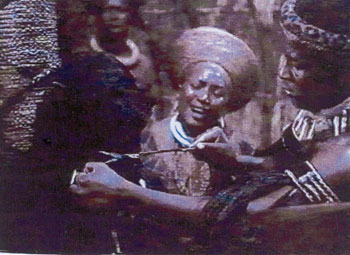
Mourning the dead King. The hat of the Royal Zulu lady is very similar to that of Athena.
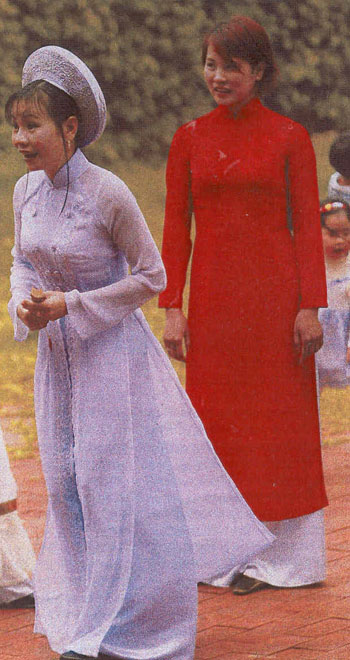
A bride in Taiwan with traditional hat. Photo TAIWAN AUJOURD'HUI, October 2003.
Human sacrifices for the Dead King in China, Greece and S.Africa....
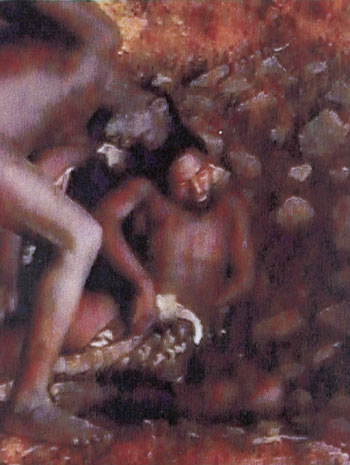
Victims still moving were thrown into the pit next to the Dead. Their neck was twisted till the spinal cord was broken and still alive were thrown into the pit.
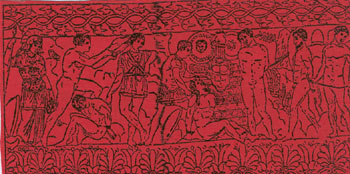
Achilles, when his friend Patroclos was killed, he ordered that many Trojan captives were sacrificed at his funeral.
The face of the dead covered with care.....
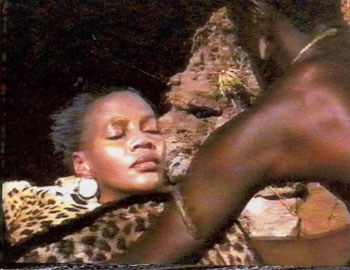
When his mother Nandi died Shaka put a leopard skin around her.
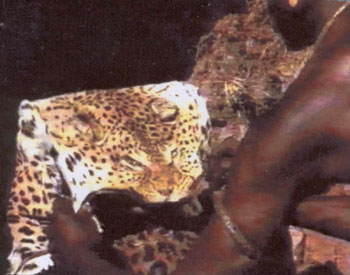
The face had to be covered with care so that no dirt will fall on it. Greeks and Jewish people it is customary to throw on the Dead a little bit of dirt saying "light to be on you the earth that will cover you" but they pay attention not to throw any on the face and often spread a small handkerchief red or white in color on the face like during the funeral of the last Archbishop of Greece in 1999 (it became impossible unfortunately to get a photo from the Archives of the Greek Television).
Tomb guards holding the spear and sword the same way in Africa, China and Greece....
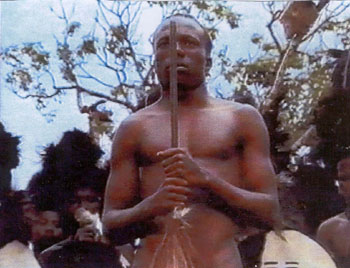
Holding the spear across the body with one hand above the other
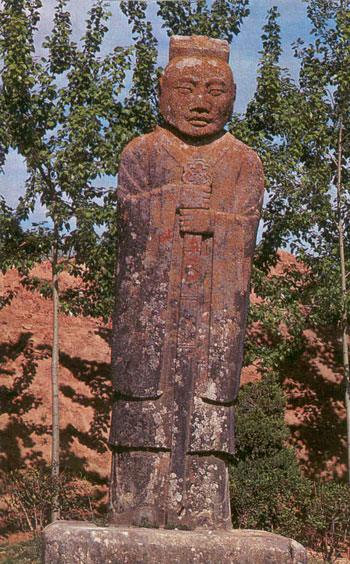
Guard of a Tang dynasty imperial tomb outside Chang'an.
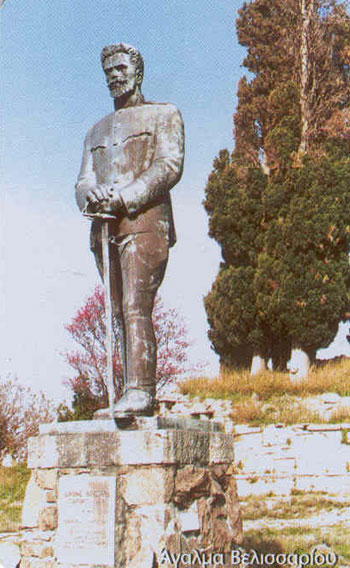
The Greek General J.Velisarios (1861-1913).
Kongfu in Africa and China....

The Massai of Kenya during initiation's rites fight with clubs like in Kongfu.
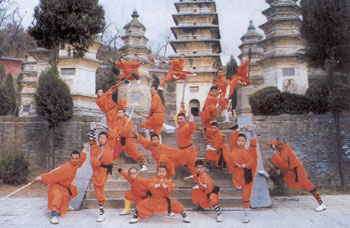
"All Kongfu under Heaven comes from Shaolin". They fight with clubs and swords. Photo CULTURAL EXCHANGE, Sept. 15, 2000.
Scissors and mirrors unknown to the Zulus....
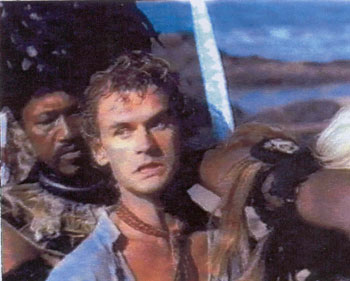
The Zulus had never seen blond hair. To cut a lock from an English boy they used the blade of their spear.
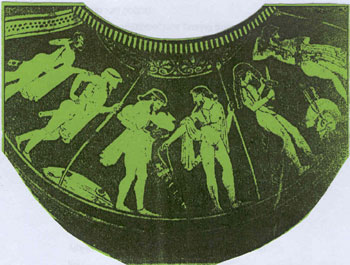
Red-figured vase (about 470 BC) in Toronto, Ontario (Borowski Collection). Parthenopaios (one of the Seven Kings against Theves) when he realized he was going to be killed, he cut his hair and sent it to Argos to his mother.
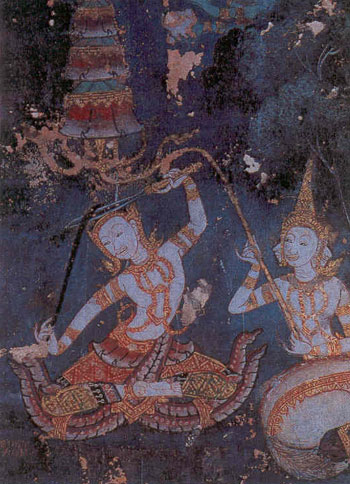
Prince Siddhartha cut his hair and begun the life of an ascetic. To cut it he used his sword like the Greek hero Parthenopaios who cut it and sent it over to his mother as a souvenir. The Last Emperor of Qiina will cut his braid with a knife. Mural in Buddhaisawan Chapel (reign of Rama I), Thailand.
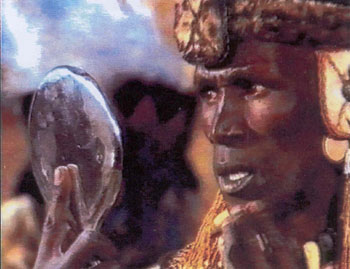
Shaka was most surprised to see his face in a mirror. The mirror was probably not discovered when the branch of the Zulus left the original common place. Common Ancestry for Chinese, Zulus and Greeks. The skin does not need more than 20,000 years to go from white to black.

Canada, 1965. Stathis Mitsopoulos, Charge d'Affaires of Greece,hunting hares. Their fur changed in white because of the long periods of snow.

Kali Gandaki canyon (the deepest canyon in the World at a height of 2,400 m.) and Mts.Nilgiri (7,100 m.) and Dauiagiri (8,400 m.), the highest mountains of Himalaya, Photos courtesy of Prof.Dr.Gunther Wagner.Universitat Heidelberg. So many similarities lead for sure to a common origin. Did mankind come originally from Asia through a river pass and Canyon (Kali Gandaki) at ca 2,400 m. in today's Mustang, Nepal or people came to Europe and Africa at an even earlier time (probably 50,000 years ago) when the continents were not yet separated?
